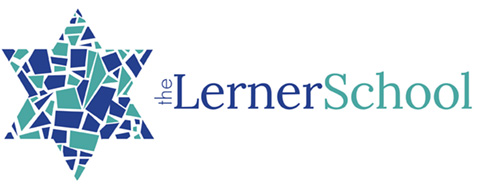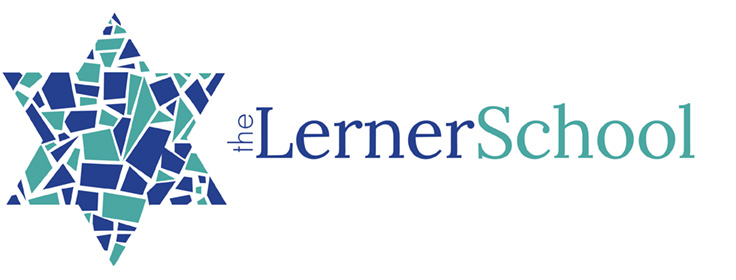As the Judaics and Hebrew team meet over the 2015-16 school year one of our major goals for the school year is to formulate a vision statement of our expectations of what a Lerner graduate should know, feel, and have experienced in relation to Judaics and Hebrew taught over their years at Lerner. Each teacher is bringing to the table their own experiences, teaching style, passions and expectations for our graduates.
This exercise has made me think about my own teaching style and I would like to share my views on the Judaics classroom. I view my classroom as a place where the students and teacher learn in a symbiosis. When I share my passion for delving into the deeper meanings of Jewish text, or teach my students the history and importance of ceremonies, holidays, ethics, Rabbinics, and tefilot, I also learn from each student’s personal perspective and insight. I try to instill in each student the value of sharing their own perspective, while learning from everyone they encounter. If I was to distill my personal goals as a Judaics teacher, they would include that I want my students to value each and every life in keeping with the middah of B’Tzelem Elokim (in the image of God), to look deep within each story or discussion, and to try not to take for granted even one word from the Torah or siddur. I want them to understand on a deep level that Judaism, like life, is about the details and the journey.
Education is also all about the details. I want my students to see beyond the lesson and to learn from their interactions in the world. I strive to be an example to my students, not just in the classroom, butwhen they see me interact with other teachers or students in the hallways. Every moment in the day is an opportunity for students to glean examples of how to live a Jewish life. For example, I place importance on community and the integral part each of us plays in our world. One powerful tool that I use to teach patience, the cycle of life, and the connection between Judaism and the Earth is our school’s community garden. Through cultivating and nurturing the garden, I am able to relate a tangible element to stories or concepts that might otherwise be distant. I also encourage students to find inspiration, beauty, and life in the gardens, to go out and pray in nature and reflect on how G-d is present, and to recognize the powerful impact we have on our environment.
Another way that I enjoy bringing tangible elements into the classroom is having students process wool and spin it into yarn. The process gives them a hands-on connection to the difficulties faced by our ancient tent dwelling Israelite ancestors. Running a relay race with gallon jugs of water helps them understand the kindness of Rivkah, threshing wheat and grinding it into flour sheds a whole new light on the story of Ruth, and making gelt for their teachers links them to the origins of this chanukah tradition. These lessons have the potential to resonate and impact students in a different, complementary manner to the more formal text analysis lessons I teach in class.
Judaism and education are core passions in my life. I love the classroom, and I love leaving students with the knowledge that Judaism and Torah are exciting and close to us. My life goals are to empower the next generation to value their own ideas and to understand that they are part of Judaism, not observers. My career and my life are devoted to helping children see the value in ethical behavior, love the exploration of the Torah, tefillot, and Jewish texts, and feel a connection to our history, Eretz Yisrael, holidays, and traditions.


Comments are closed.